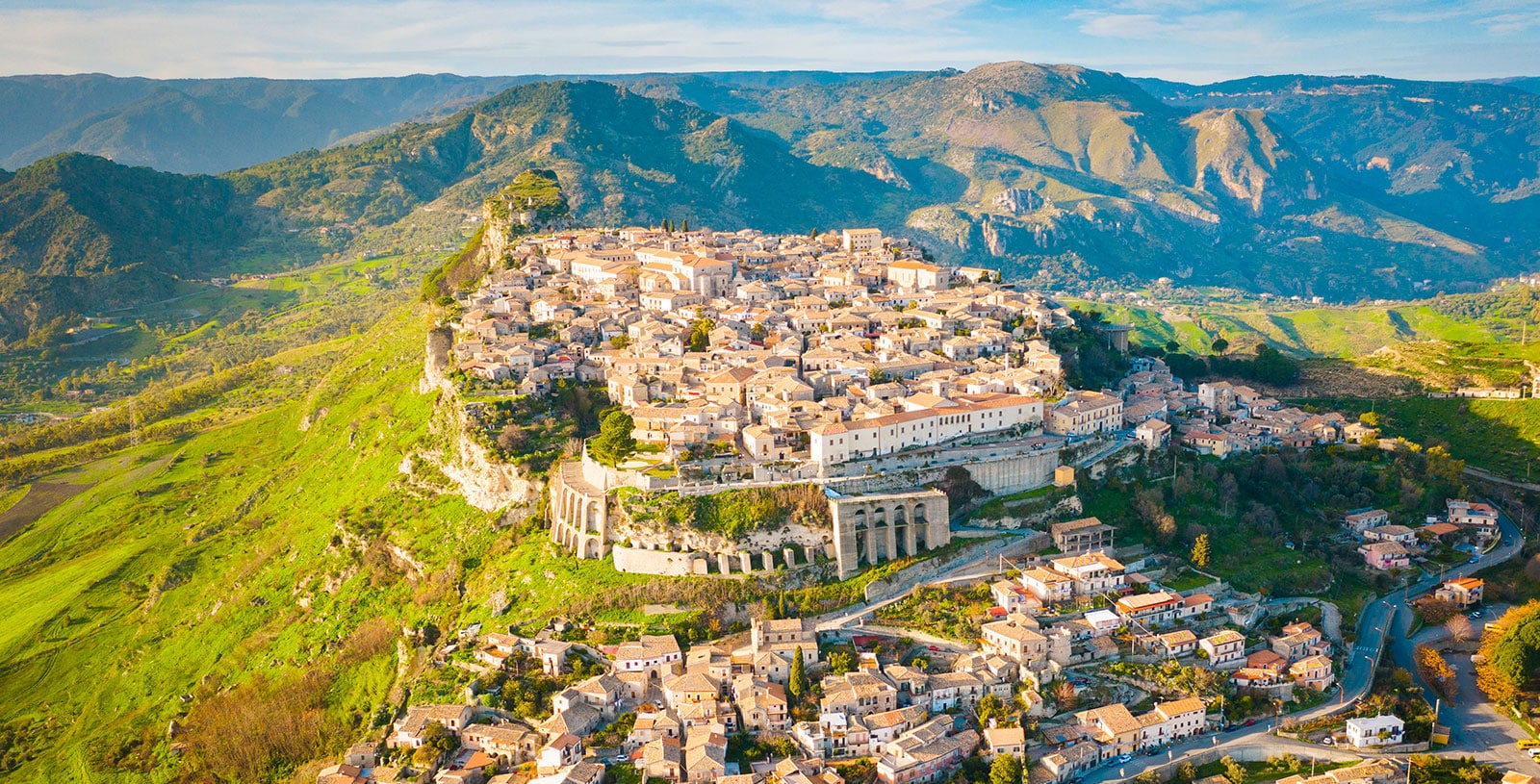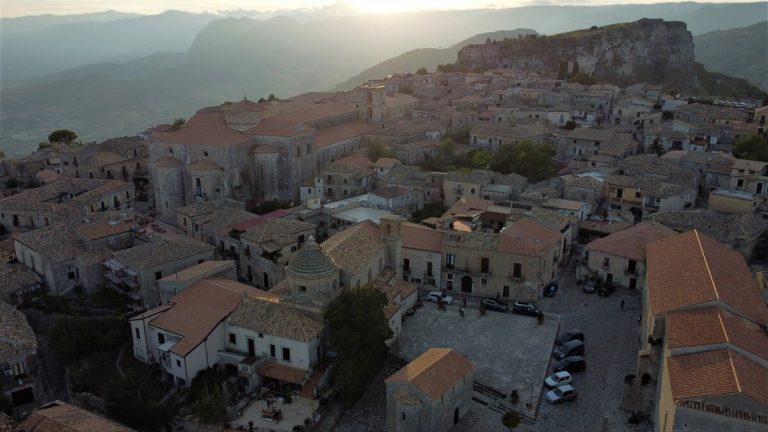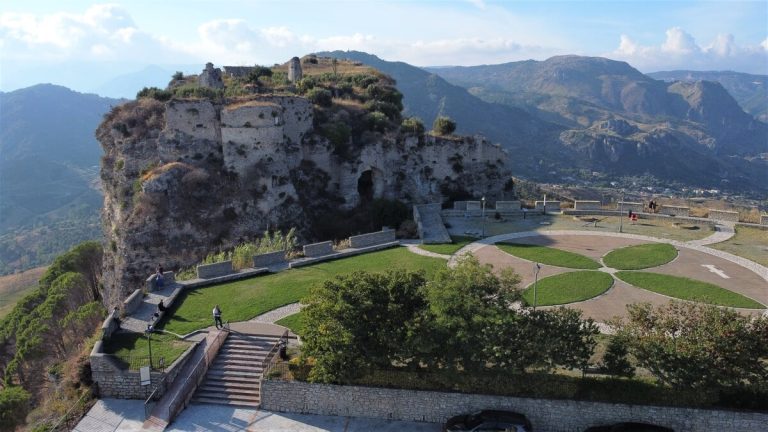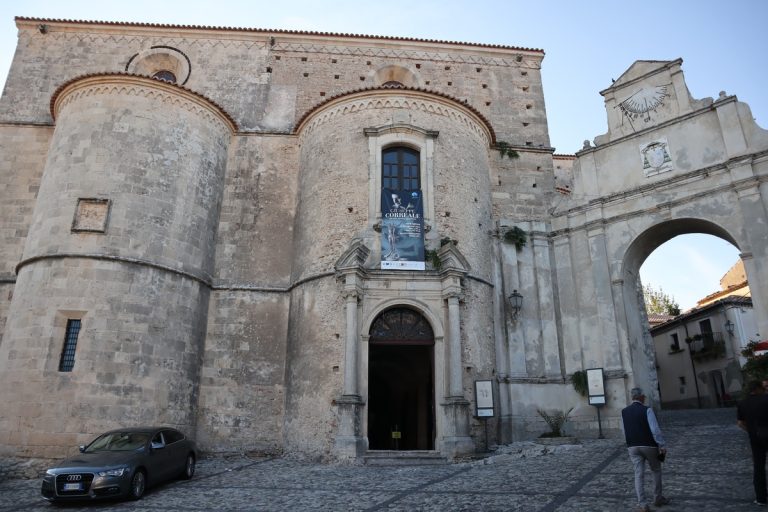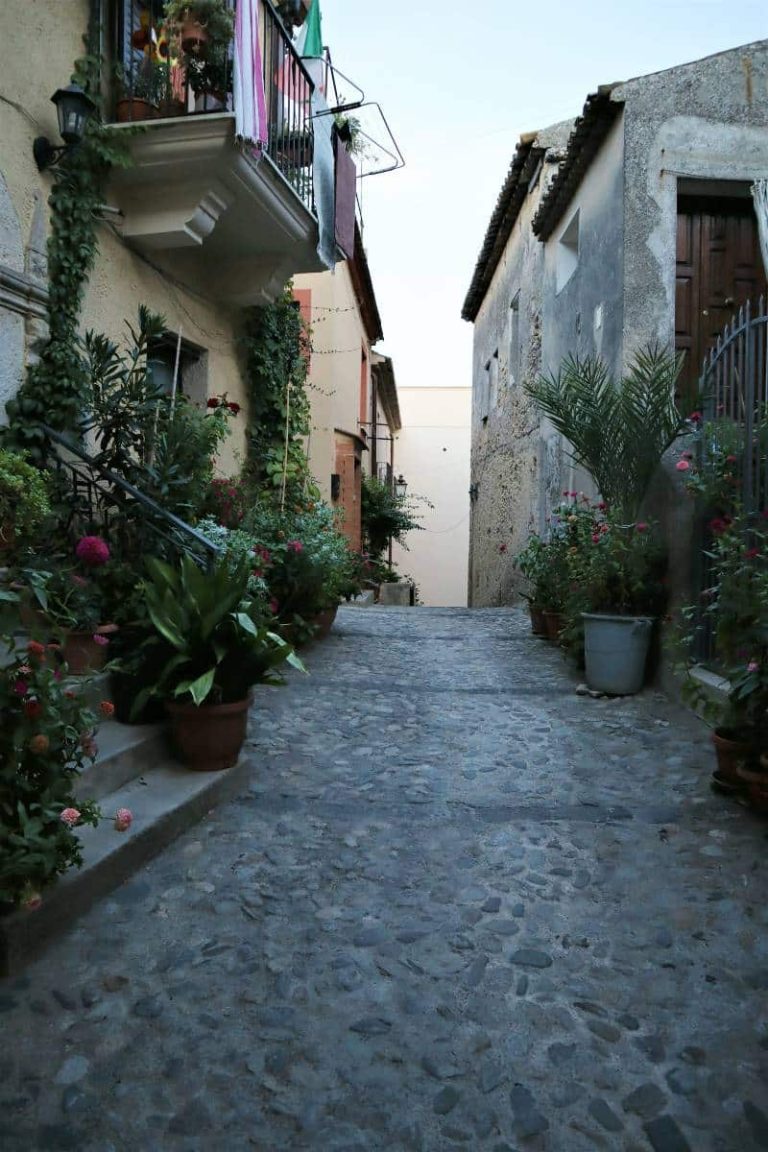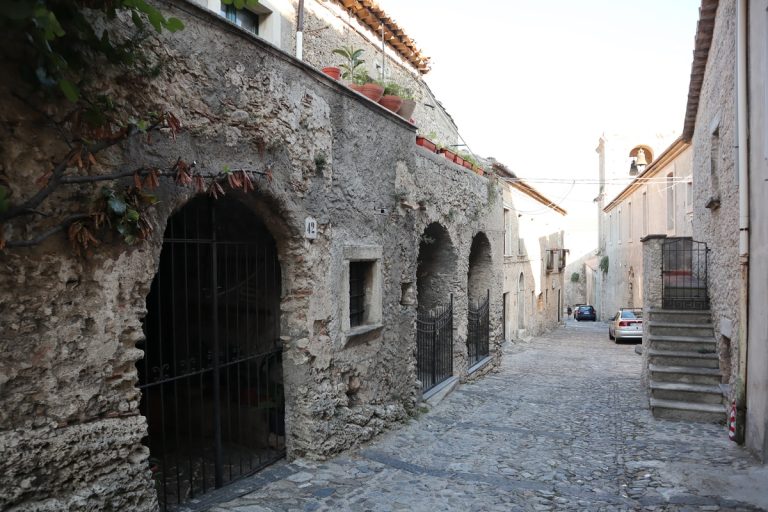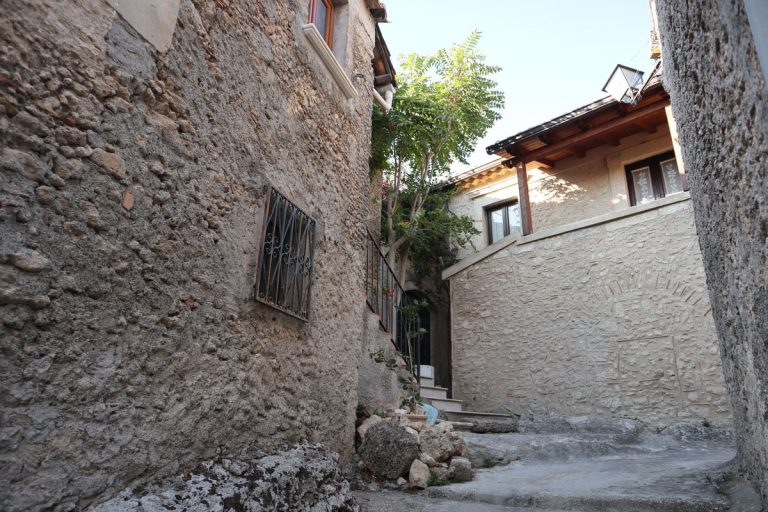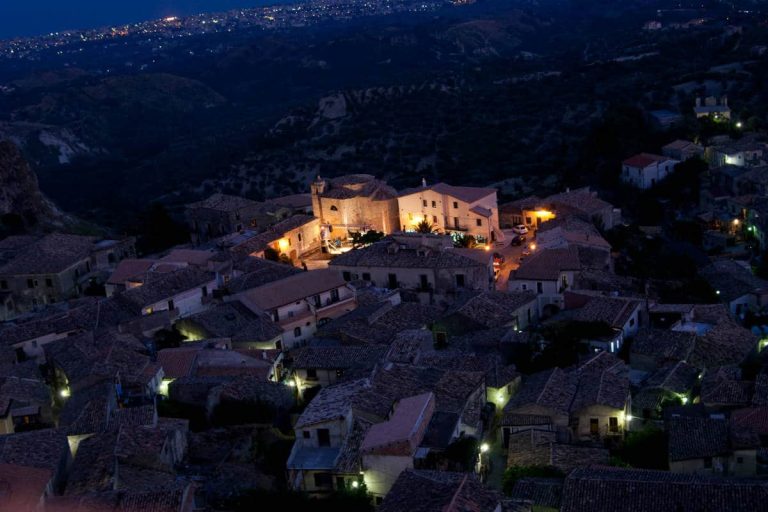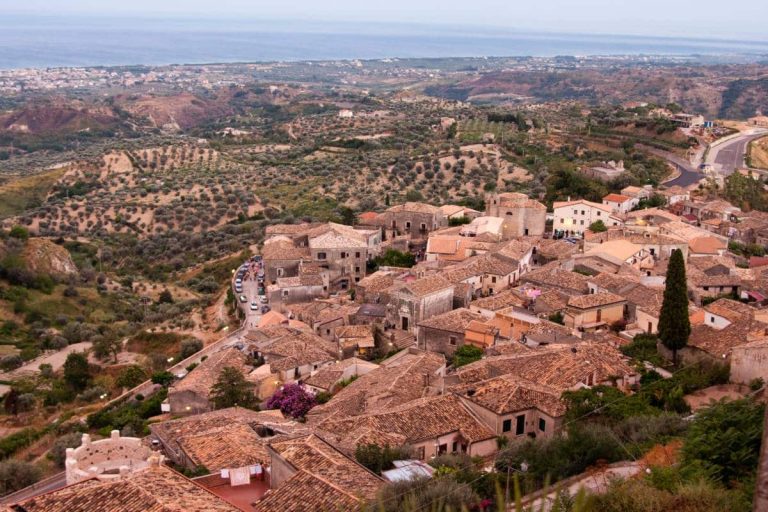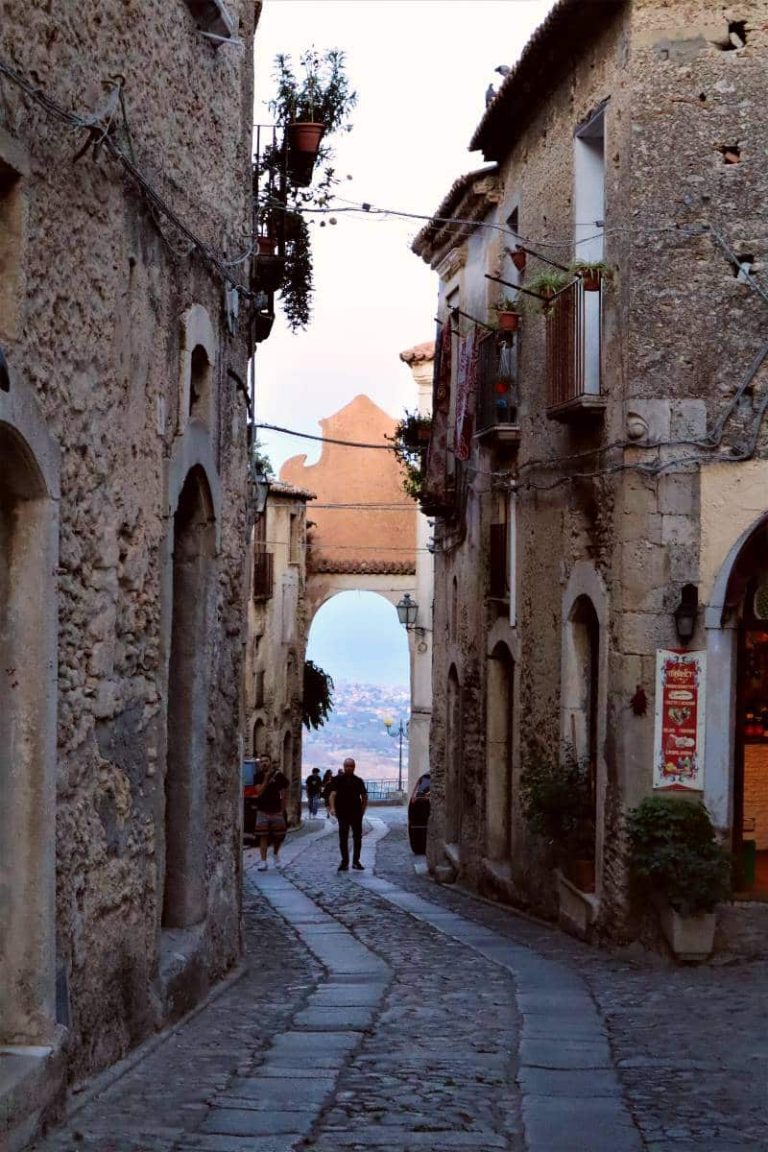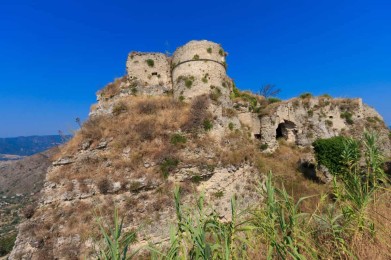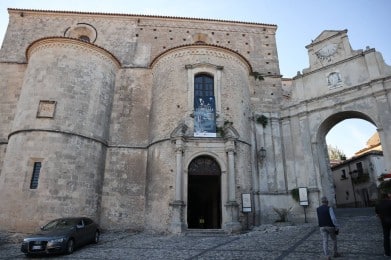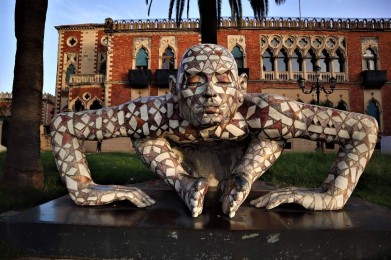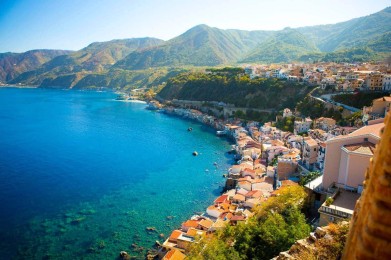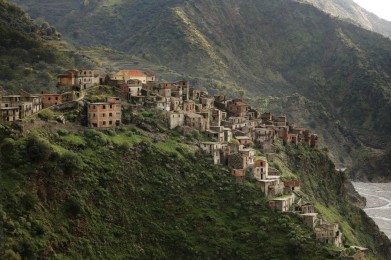Perched on a sandstone cliff overlooking the Locride region and overlooking the Ionian Sea, Gerace is one of the most picturesque and best-preserved villages in Calabria. Included in the Aspromonte National Park and awarded the Orange Flag of the Italian Touring Club, it is included among the "Most Beautiful Villages in Italy" for its extraordinary historical, artistic and landscape heritage. Also known as "the enchanted village," Gerace fascinates visitors with its medieval alleys, sumptuous aristocratic palaces, numerous churches and traditions that are still alive.
A thousand-year history between fortresses and faith
The village was officially born in the 10th century, when the inhabitants of ancient Locri Epizefiri took refuge inland to escape Saracen raids. According to legend, a falcon (Greek for "ierax") guided them to the high ground where Gerace stands today. Actually, the place name seems to derive from the Greek name of the diocese of Locri, dedicated to Saint Ciriaca.
From its founding, Gerace became an important religious and strategic center, contested by Byzantines, Normans and Swabians. This complex historical stratification has left a deep imprint on the urban fabric, visible in the ecclesiastical and civic architecture that still embellishes the village today.
The medieval heart of Locride
Walking through Gerace is like walking through an open-air museum. You enter through one of the four surviving gates of the city walls-including the famous Porta del Sole-and are immediately greeted by breathtaking views of the valley and the sea. The village retains its medieval structure with cobbled streets laid out "cozzo," or vertically, to facilitate rainwater runoff.
Piazza del Tocco, once the seat of the Curia Civilis, is the civic center around which noble palaces such as Palazzo Calcheopulo and Palazzo Migliaccio face each other. Piazza Tribuna, on the other hand, is dominated by the imposing Cathedral of Gerace, the largest in Calabria, built in Romanesque-Norman style in 1045. Its interior houses an 8th-century Byzantine crypt and the precious Chapel of St. Joseph, commissioned by the Swabians.
Other notable religious buildings include The Church of St. Francis of Assisi (13th century), commissioned by Charles II of Anjou, with a magnificent Gothic portal; The Church of St. Catherine, from the Norman period; The Church of St. George Martyr, which preserves 18th-century paintings; and The Church of the Sacred Heart, rebuilt after the 1783 earthquake.
Architecture, traditions and crafts
Gerace's historic mansions, often restored in the 19th century, retain medieval elements such as mullioned windows, pointed arches and carved decorations. Also particular are the "just-vaulted" arches, built with a unique technique based on woven reeds and lime. In the workshops of the lower district, the art of terracotta is still handed down today, with artistic tablets inspired by Greek culture.
Gerace is also home to a Civic Museum, which tells the village's thousand-year history through artifacts, documents, and art collections.
Events: "The Enchanted Village" and the Living Crib
Every summer, in the last week of July, the village is transformed into an open-air stage with "The Enchanted Village - International Festival of Street Performers". Jugglers, stilt-walkers, musicians and fire-eaters enliven alleys and squares with spectacular performances. The event is combined with tastings of typical local products, such as pasta with goat sauce and Greco di Gerace wine.
During the Christmas season, on the other hand, the entire historic center becomes the evocative setting of the Living Nativity, among costumed figurants, scenes of rural life and traditional flavors.
Gerace today: a village alive and welcoming
In addition to its historical and artistic charm, Gerace offers an authentic welcome. Typical restaurants, widespread accommodations, artisan workshops and scenic spots make it a must-see stop for those who want to discover the deep soul of Greek Calabria. Here time seems to have stood still, but the atmosphere is alive and pulsating, among spirituality, culture, beauty and tradition.

